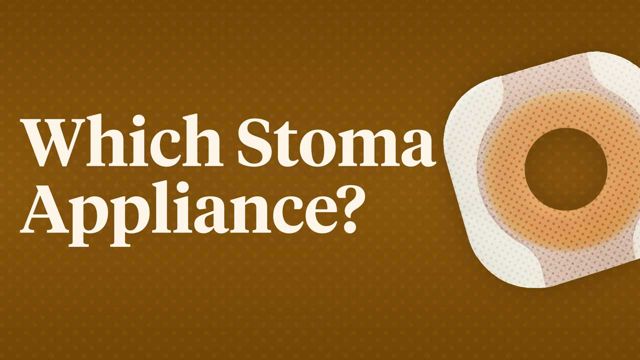Newborn Resuscitation


Every second matters in newborn resuscitation—early intervention can make all the difference in a newborn’s survival and long-term health outcomes. Are you prepared to respond effectively during these critical moments?
This Ausmed Course is designed for midwives, maternal and child health nurses, paramedics, and other healthcare professionals involved in the care of newborns from birth through the first 28 days of life. The course equips you with the latest evidence-based practices for newborn resuscitation, enabling you to respond swiftly and competently in emergency situations.
Content
What you'll learn:
Explain the physiological transition and importance of timely resuscitation after birth.
Identify and describe the risk factors that increase the likelihood of requiring newborn resuscitation and the necessary steps and team members involved in the resuscitation process.
Describe the initial assessment steps to determine if a newborn requires resuscitation per the Australian and New Zealand Committee on Resuscitation (ANZCOR) guidelines.
Confidently identify the proper newborn airway position and how to adequately clear an infant's airway.
Identify when positive pressure ventilation should be initiated and discuss the correct equipment, and interventions required to achieve effective ventilation.
Identify circumstances when cardiovascular support might be needed.
Describe interventions to support thermoregulation.
Discuss the importance of blood glucose management in newborns after resuscitation.
Who it's for:
Why it's needed:
While approximately 85% of newborns at term will adequately breathe within 10-30 seconds of birth, an additional 10% will respond to drying and stimulation, around 3% will initiate respirations after positive-pressure ventilation, 2% will require intubation, and 0.1% will require chest compressions and/or adrenaline. There should always be one healthcare provider assigned to the care of a newly-born infant who has the knowledge to provide resuscitation if needed.
Best-practice recommendations regarding these interventions emphasise the essential role that ongoing, organised training plays in optimising outcomes for newborns, specifically addressing the importance of developing and maintaining practical skills and standards.
To equip healthcare professionals providing care to newly-born babies with a comprehensive understanding of best practices for safe and effective newborn resuscitation according to the ANZCOR Neonatal Resuscitation Guidelines and to introduce the basics of newborn resuscitation.
Purpose:
Topics
Assign mandatory training and keep all your records in-one-place.
Find out more
Recommended resources










 New
New